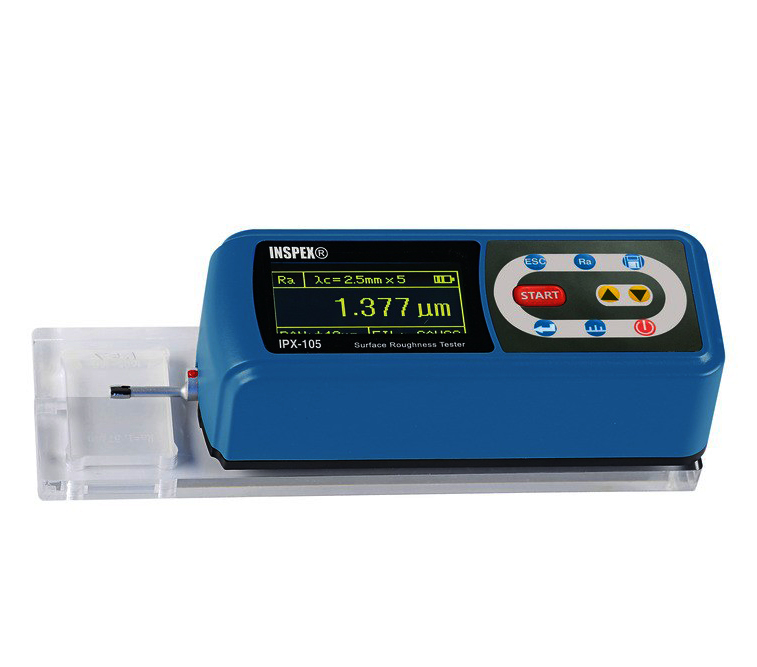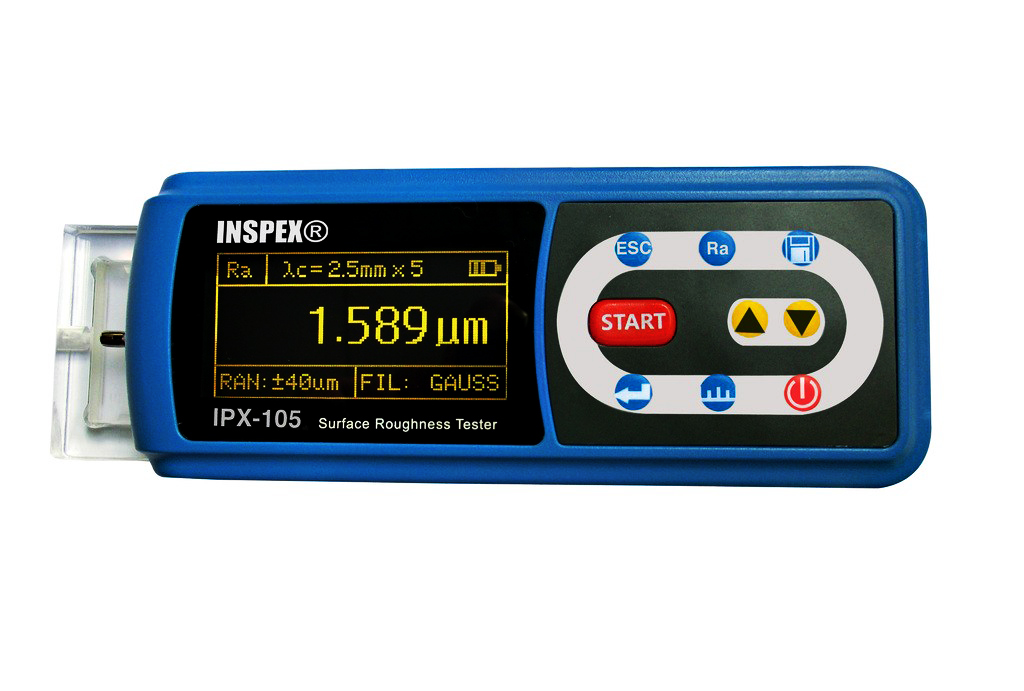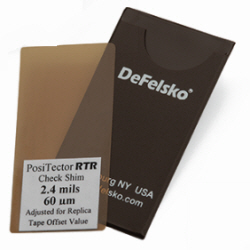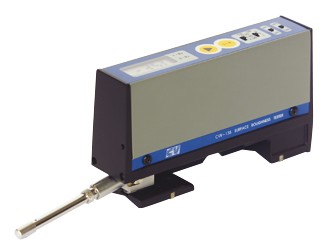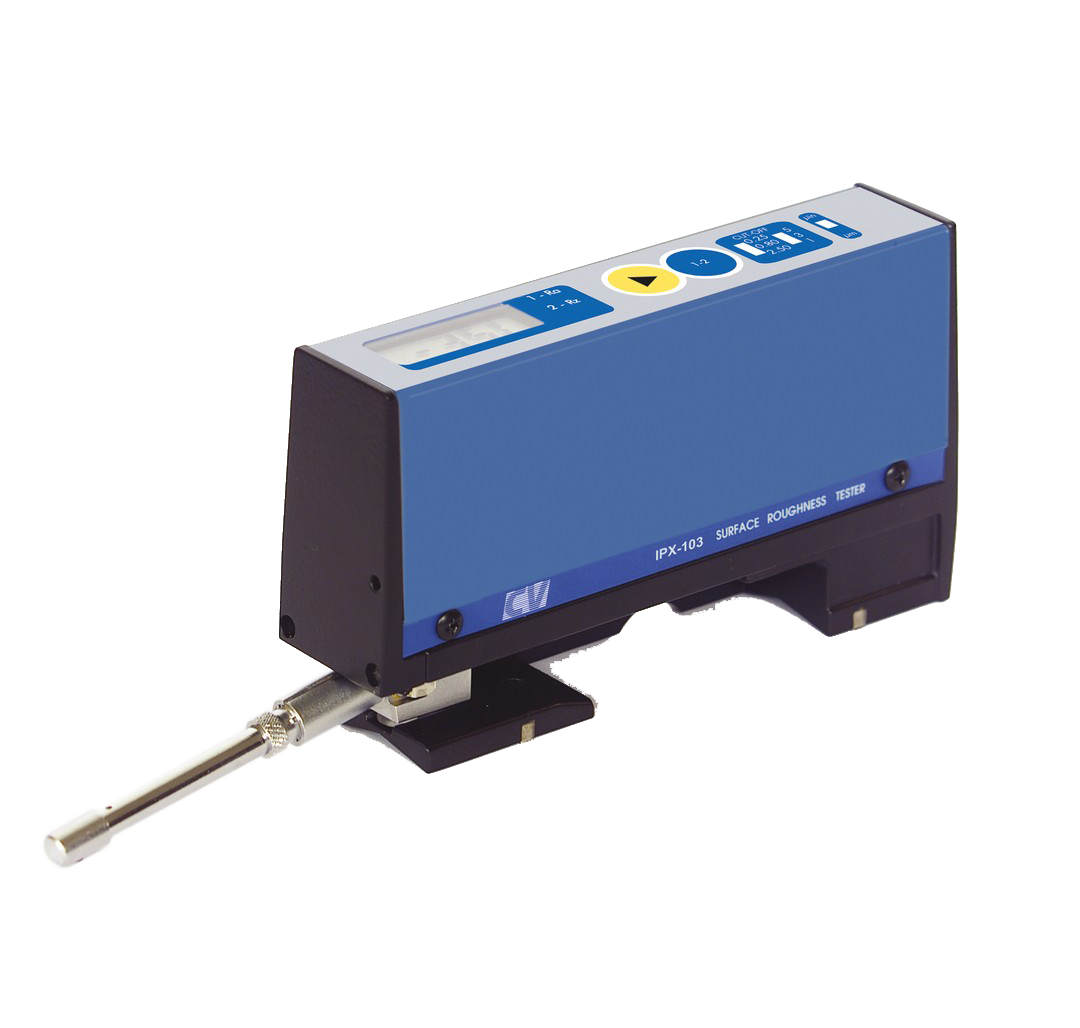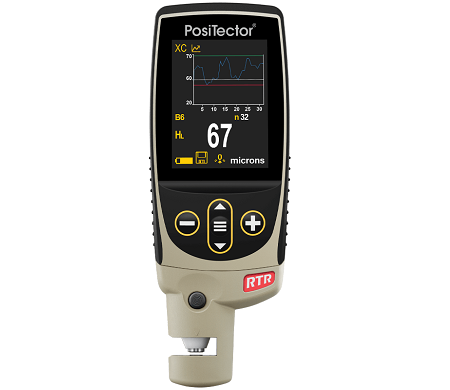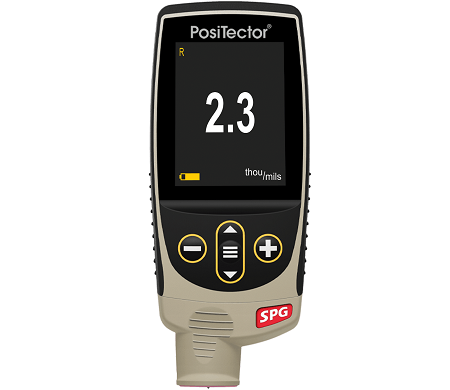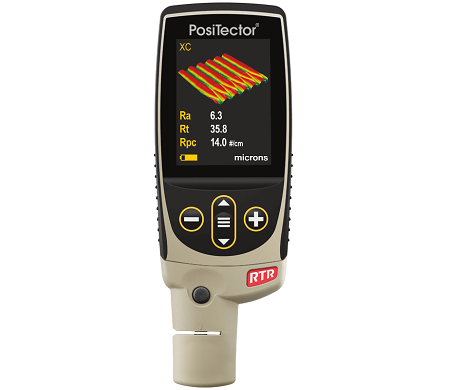If you want to find out more about
Inspex Surface Roughness Tester IPX-105
Talk to us at :
(65) 6749 9697

sales@lfc.com.sg
Inspex Surface Roughness Tester IPX-105 is devised by Bowers Group to cater to the industrial demand for a portable, battery-powered instrument for checking surface roughness. Furthermore, its sturdy metallic case allows the digital surface roughness Tester to be versatile enough for laboratory, inspection in the outdoor workshop, or wherever on-site surface roughness testing is required. The measured values can be acquired through the hands-on application while the in-dash digital readout calculates the value and display the readings. The 9v battery-powered instrument works with the principle of surface waves on piezoelectric substrates. In practice, as the piezoelectric probes/stylus were precisely dragged along the desired surface, the probe will then sense the irregularity and generate micro electricity resulting from pressure on touching the micron cliffs - slopes graduation of surface which accumulates in any solid materials (such as steel, iron, granite, crystals, certain ceramics, and biological matter such as bone in response to applied mechanical stress. As roughness is typically considered to be the high-frequency, short-wavelength component of a measured surface (surface metrology). However, in practice, it is often necessary to know both the amplitude and frequency to ensure that a surface is fit for a purpose. Your investment in Inspex IPX-105 will allow you to fluidly gauge the measured surface on the in-dash digital readout. Roughness plays an important role in determining how a real object will interact with its environment. Rough surfaces usually wear more quickly and have higher friction coefficients than smooth surfaces (see tribology). Roughness is often a good predictor of the performance of a mechanical component, since irregularities in the surface may form nucleation sites for cracks or corrosion. On the other hand, roughness may promote adhesion. Inspex Surface Roughness Tester IPX-105 Features: Surface roughness tester with 13 parameters Large range of test parameters RX, Ra, Rz, Rq, Rt, Rp, Rv, R3z, R3y, RzJIS, Rsk, Rku, Rsm, Rmr 128 x 64 OLED dot matrix display, digital/graphic display; highlight no perspective Large memory can store 100 groups of original data and waveform Display information can display all the parameters and graphics Compatible with ISO, DIN, ANSI, and JIS national standards Built-in Li-ion rechargeable battery Working time > 20 hours of continuous work Automatic shutdown and power-saving function Connected to PC and printer Optional reference standards, small bore tracers, measuring stand, tracer extension, etc
Inspex Surface Roughness Tester IPX-105 is devised by Bowers Group to cater to the industrial demand for a portable, battery-powered instrument for checking surface roughness. Furthermore, its sturdy metallic case allows the digital surface roughness Tester to be versatile enough for laboratory, inspection in the outdoor workshop, or wherever on-site surface roughness testing is required. The measured values can be acquired through the hands-on application while the in-dash digital readout calculates the value and display the readings. The 9v battery-powered instrument works with the principle of surface waves on piezoelectric substrates.
In practice, as the piezoelectric probes/stylus were precisely dragged along the desired surface, the probe will then sense the irregularity and generate micro electricity resulting from pressure on touching the micron cliffs - slopes graduation of surface which accumulates in any solid materials (such as steel, iron, granite, crystals, certain ceramics, and biological matter such as bone in response to applied mechanical stress. As roughness is typically considered to be the high-frequency, short-wavelength component of a measured surface (surface metrology). However, in practice, it is often necessary to know both the amplitude and frequency to ensure that a surface is fit for a purpose.
Your investment in Inspex IPX-105 will allow you to fluidly gauge the measured surface on the in-dash digital readout. Roughness plays an important role in determining how a real object will interact with its environment. Rough surfaces usually wear more quickly and have higher friction coefficients than smooth surfaces (see tribology). Roughness is often a good predictor of the performance of a mechanical component, since irregularities in the surface may form nucleation sites for cracks or corrosion. On the other hand, roughness may promote adhesion.
Inspex Surface Roughness Tester IPX-105 Features:
- Surface roughness tester with 13 parameters
- Large range of test parameters RX, Ra, Rz, Rq, Rt, Rp, Rv, R3z, R3y, RzJIS, Rsk, Rku, Rsm, Rmr
- 128 x 64 OLED dot matrix display, digital/graphic display; highlight no perspective
- Large memory can store 100 groups of original data and waveform
- Display information can display all the parameters and graphics
- Compatible with ISO, DIN, ANSI, and JIS national standards
- Built-in Li-ion rechargeable battery
- Working time > 20 hours of continuous work
- Automatic shutdown and power-saving function
- Connected to PC and printer
- Optional reference standards, small bore tracers, measuring stand, tracer extension, etc
TECHNICAL SPECIFICATION
Request a Quote
Request A Quote
Please complete the below form to receive further information.

